After listening to the king, they went on their way. And behold, the star that they had seen when it rose went before them until it came to rest over the place where the child was. When they saw the star, they rejoiced exceedingly with great joy. And going into the house, they saw the child with Mary, his mother, and they fell down and worshiped him. Then, opening their treasures, they offered him gifts, gold and frankincense and myrrh. And being warned in a dream not to return to Herod, they departed to their own country by another way. (Matt 2:9-12).
The Magi have five different classifications:
The Hartummim – they were expounders of sacred writings and interpreted signs and wonders (Dan. 2:2; 4:7; 5:7).
The Ashaphim – which were basically conjurers (Dan. 2:10)
The Mekashephim – which included exorcists, soothsayers, magicians, and diviners (Dan. 2:2)
The Gozerim – which related basically to astrologers (Dan. 2:27).
The Kasdim or Chaldeans in any other name.
The magi first show up in the Old Testament as Chaldean officers sent by Nebuchadnezzar to Jerusalem (Jer. 39:3, 13). This term was often used as a name for priests and wise men with the Medes, Persians, and Babylonians. Daniel seems to be included in this group of people in the Babylonian exile but proved to be much wiser than any of them.
In the context of the Greek culture, they were considered foreign system of divination and the religion of foreign gods. They were often stereotyped as imposters, and we have a reference to them in Luke’s gospel to Simon-Magus (Acts 8:9). Their reputation was not favorable as a general status in the Greek society. Luke also identifies another “magi” as Bar-jesus in Luke 13:8.
When Matthew identifies these “magi” who come to seek out the “one who has been born king of the Jews” he does not indicate any malcontent or deception in their exploration of the Christ. They come bearing gifts to honor this new king. Much has been made that there was three magi based solely on the observation that only three gifts were given to Mary and the child; probably not accurate but helps with building nativity scenes. They came to “worship” him and then being warned in a dream they departed and did not go back to Herod.
This leads us to observe several intriguing things:
- The magi only interact with Mary and the child in a house. Joseph is strangely absent from the record.
- The Magi were not at the stable with the shepherds to see Jesus in a manger. They went into a house not a stable (yes, I know there are arguments that the “stable” was actually a house). But they would not have been there at the same time as the shepherds. We have to work on our nativity scenes.
- The gifts for the king would have been a precious resource when they fled to Egypt. God’s divine provision for the challenges they would face and living in exile.
- While there is no mention of Joseph when the magi enter the house, he obviously shows up again in verse 13 when God appears to him in a dream and tells Joseph to take his family to Egypt. Apparently, he was not present when the Magi came or for some reason Matthew chooses not to mention him.
- We assume that the Magi were warned by God not to go back to Herod, but the text does not actually state that God warned them. The fact that there is a “warning” would indicate specific intentionality so while fun to consider it is all but moot. Not a big deal, but it is interesting that God chose people who would not have been on the social elite list to come and do this kind of homage to Christ.
- Many have suggested these magi would have been among the first Gentiles who worshipped Jesus.
Merry Christmas – Pastor Brad.

